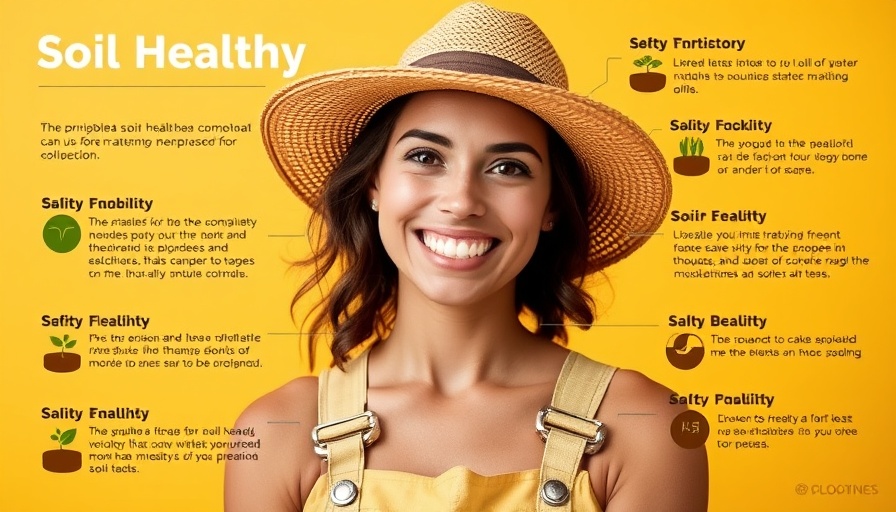
Easy Solutions for Healthy Eating Amidst a Busy Life
In today's fast-paced world, many families struggle to maintain healthy eating habits, especially when time and energy are low. The video, How to eat healthy when you’re busy or unmotivated (low effort food hacks), presents a fantastic range of low-effort tips that make nutritious eating achievable for parents and families alike. Let's explore these insights further, emphasizing the importance of flexibility in our diets while offering practical hacks that make healthy eating both enjoyable and accessible.
In How to eat healthy when you’re busy or unmotivated (low effort food hacks), the discussion dives into practical tips for nutritious meals, exploring key insights that sparked deeper analysis on our end.
Understanding the All-or-Nothing Myth
Often, people feel pressured to maintain unrealistic dietary perfection. However, healthy eating does not have to be a black-and-white endeavor. It's vital to highlight that flexibility is key. We live in a world of variables—whether it’s a sudden illness, unexpected work commitments, or simply feeling unmotivated. Recognizing that convenience foods can play a beneficial role in our diets is crucial. Prepackaged salads, canned vegetables, and frozen ingredients can help families incorporate more nutritious options without the laborious cooking process.
Convenient Ingredients for Quick Meal Prep
Stocking your pantry and freezer with convenient ingredients is a game-changer. Items like frozen fruits and vegetables, pre-cut salads, and canned beans can significantly reduce the time spent preparing meals. For a quick dinner option, grab pre-bagged salad kits or frozen proteins. When pressed for time, these ingredients can make healthy meals quick and easy. For instance, frozen chicken breast can become a hearty meal when combined with fresh veggies and a wholesome sauce.
Five-Minute Meal Marvels
When motivation dips, quick meals can save the day. Recipes like a humble bean salad, which takes less than five minutes, can provide nutritional benefits without the hassle. A simple mixture of canned beans, shredded carrots, and some herbs can deliver fiber and taste. Pair it with a drizzle of olive oil and vinegar for a satisfying meal. The key takeaway here is preparation—having staple ingredients readily available means families can whip up healthy meals when the need arises.
Batch Cooking: A Time Saver
Batch cooking is another efficient strategy. Even if you prefer not to spend your Sunday prepping meals for the week, setting aside a few hours on a less hectic day can pay off. Consider making a large pot of chili or soup that can be enjoyed throughout the week. This not only reduces daily cooking stress but also ensures that healthy meals are consistently available and ready to serve.
The Magic of Meal Planning
Jumpstarting healthy eating can often come down to meal planning at the week's onset. Taking the time to outline potential dinners and creating a grocery list alleviates the evening stress of deciding what to cook. Knowing what’s on the menu increases the likelihood of sticking to healthy choices, as families can prep ingredients and avoid the temptation of unhealthy takeout, which is often less nutritious.
Breaking Down the Cooking Process
For those overwhelmed by cooking, remember the power of breaking down tasks into smaller, manageable steps. Little actions can lead to progress. Simply getting started with the most minor task can create momentum that helps ease cooking anxiety. Focus on what seems reasonable, whether that's washing vegetables or heating up a pan. Embracing these small victories contributes to long-term sustainable habits.
Healthy eating is about balance, especially for families juggling busy schedules. The idea that we must always produce a “perfect” meal can create unnecessary pressure. Embracing the reality of busy lives means allowing for flexibility and convenience when needed, leading to a more sustainable approach to nutrition.
If you’re looking to incorporate more holistic living into your daily routine, consider integrating these low-effort hacks into your family's meal prep practices. They not only make healthy living attainable but also enjoyable for everyone involved.
 Add Row
Add Row  Add
Add 




Write A Comment